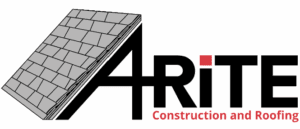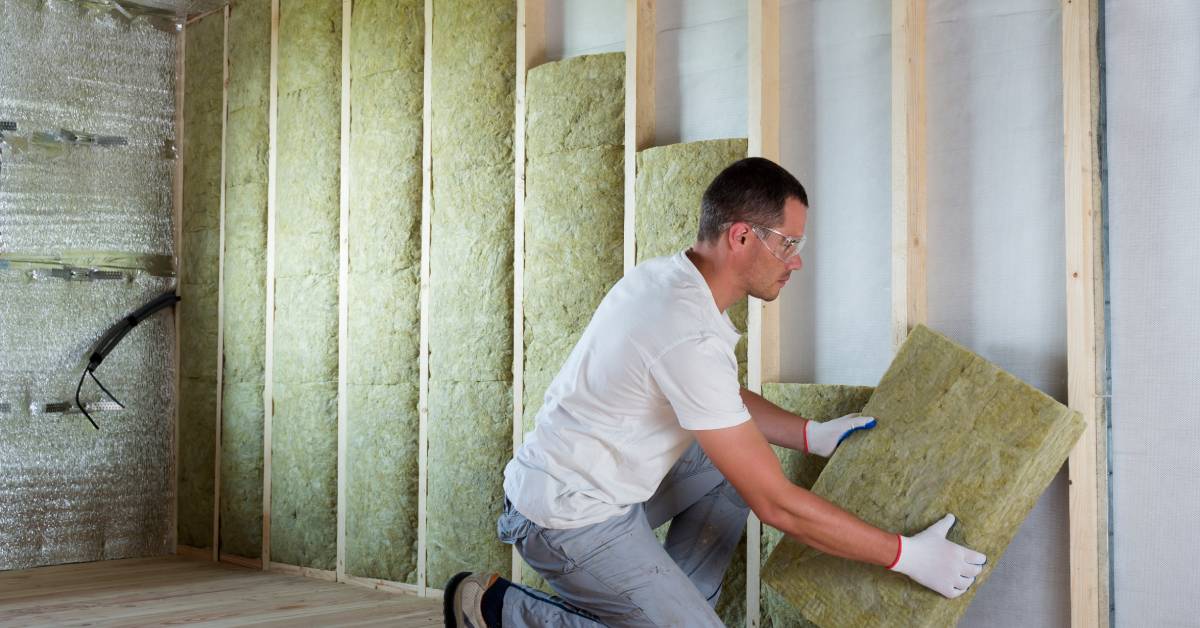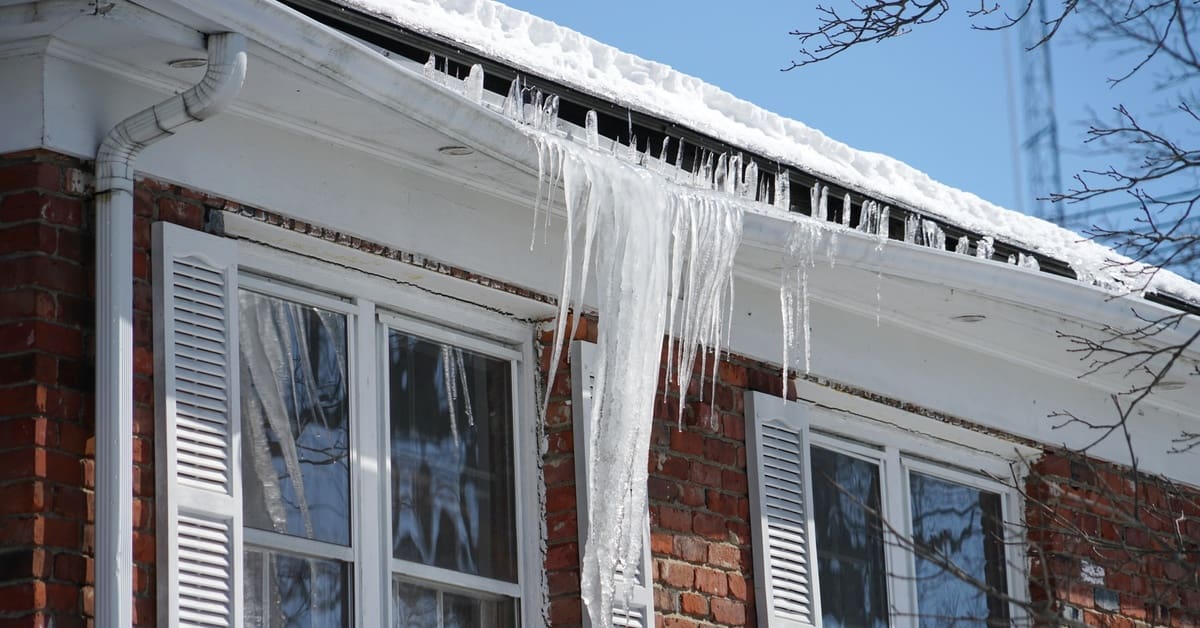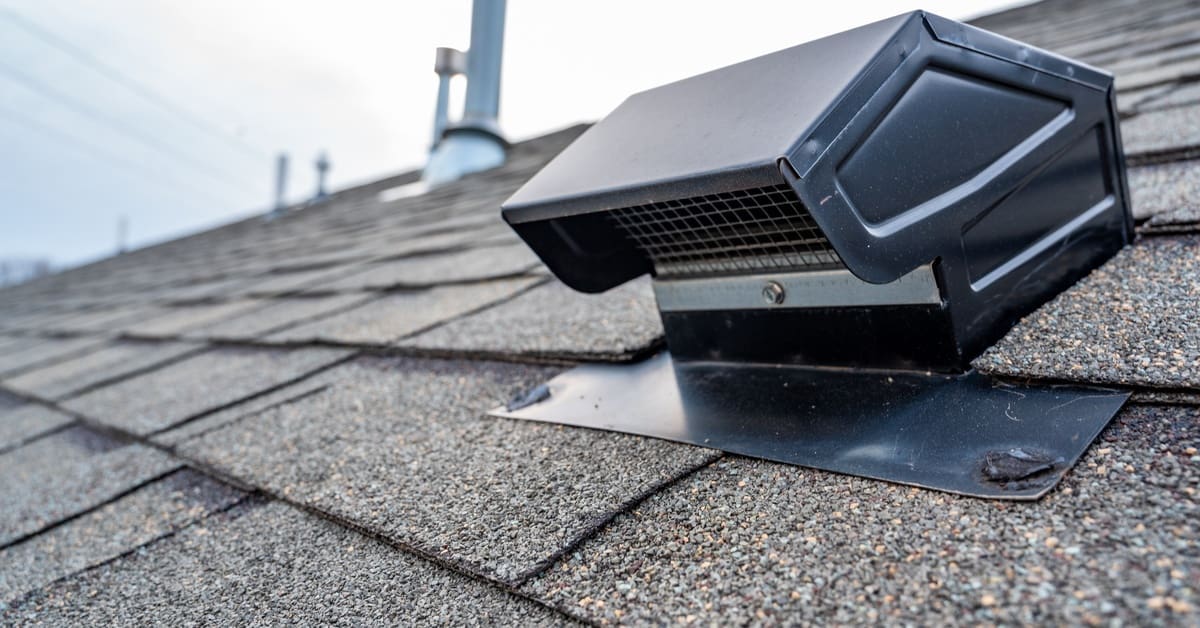Insulation helps with maintaining your home’s energy efficiency and comfort. However, working with insulation requires careful attention to safety. Improper handling may result in health issues, damage to your property, or inefficiencies in your home’s comfort. Here are some safety tips that homeowners working with insulation can follow to complete their projects with confidence.
Familiarize Yourself With Different Types of Insulation
Understanding the different insulation materials is essential for a safe and effective project. Fiberglass is one of the most common options, but the tiny glass fibers can irritate your skin, eyes, and lungs if not handled properly. Spray foam insulation is excellent for sealing tight spaces but contains chemicals that require careful handling in a ventilated space.
Loose-fill or cellulose insulation uses recycled materials but generates a lot of dust during installation. Each insulation type poses safety concerns, so always read the manufacturer’s guidelines for safe handling before starting your project.
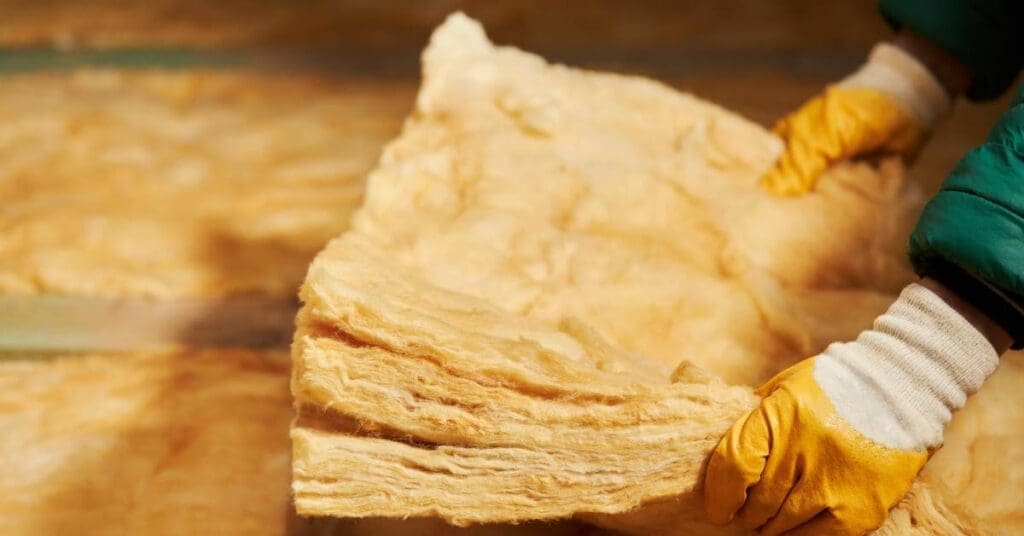
Wear Personal Protective Equipment
Personal protective equipment (PPE) is your first line of defense when handling insulation. Always wear gloves to protect your hands and wrists from irritation or potential cuts. Safety goggles will shield your eyes from particles, while an N95 mask or respirator will prevent you from inhaling harmful fibers.
Long-sleeved clothing and pants create a barrier between your skin and the insulation, helping to avoid rashes or itchiness. Neglecting PPE results in discomfort or potentially long-term health issues, so suit up before getting started!
Prepare the Workspace for Safe Installation
Preparing the workspace sets the stage for a successful installation and reduces the risk of accidents. First, remove clutter or obstructions that could trip up or interfere with the setup. The floor should be clean and dry to prevent slipping or contaminating the insulation materials.
If you’re working in an attic or crawlspace, inspect the area for structural issues or hazards, such as exposed nails.
Ventilate the Work Area
Good airflow is critical for your safety when working with insulation, especially spray foam, as it releases fumes as it cures. Without ventilation, you risk inhaling chemicals that could harm your respiratory system.
Open windows and doors, use fans to create airflow, or purchase an exhaust setup to move air out of enclosed spaces. For a small project, use a portable fan to improve ventilation. Finally, take breaks to get fresh air, and let the room air out to avoid the buildup of fumes and particles.
Protect Yourself From Dust and Fibers
Fiberglass and cellulose insulation produce fine particles that irritate the skin and lungs. Minimize exposure by cutting materials outdoors or in an area with an exhaust vacuum with a HEPA filter. Use drop cloths or plastic sheeting to catch loose particles, and clean up immediately after cutting or positioning insulation.
If you’re working indoors, seal off the area to prevent dust from spreading to other parts of your home. Combining these techniques with wearing PPE provides maximum protection from harmful fibers.
Handle Insulation Materials With Care
Insulation requires safe handling. Avoid compressing fiberglass, as this reduces its ability to trap air and insulate rooms. Cut materials with a sharp utility knife or a hot knife to get clean edges. Also, take your time to position the insulation correctly—gaps or uneven areas lead to thermal leaks.
Be Aware of Electrical Hazards
Installing insulation often involves working near electrical wiring and fixtures, which requires extra caution. Prioritizing electrical safety can prevent damage, fires, and personal injury. Before beginning, turn off the power in the work area to eliminate the risk of electric shock.
Avoid placing insulation over or too close to recessed lighting unless the fixtures are insulation-safe. If you’re dealing with exposed wires, consult an electrician before proceeding.
Avoid Common Mistakes When Installing Insulation
Making mistakes could compromise your insulation project. One common error is skipping a vapor barrier, which leads to moisture buildup and mold growth. Additionally, compressing insulation diminishes its thermal performance by creating leaks.
Always follow manufacturer instructions, and double-check your work for thoroughness. Spend extra time upfront to save you from energy inefficiencies and costly repairs down the line.
How To Remove or Dispose of Insulation Safely
Removing old insulation requires care to prevent exposure to contaminants, such as mold or asbestos. Always wear PPE during removal, and use heavy-duty bags to contain the material. Containment prevents toxic materials from spreading.
Consult local waste disposal regulations before tossing out old insulation because certain materials may not be allowed in regular trash. Look for recycling options to minimize your environmental impact. Safe removal and disposal are just as important as proper installation for protecting you and the environment.
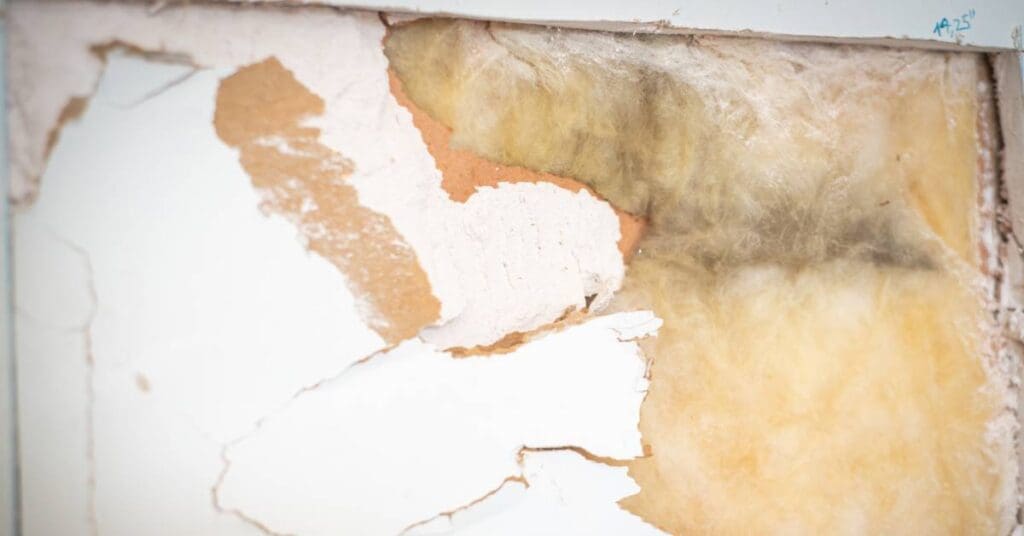
Recognize Signs of Mold and Other Hazards
If you’re replacing old insulation, watch for signs of mold and mildew growth as well as asbestos. Dark spots, condensation, or musty odors could indicate fungus issues that need addressing before you can install the new insulation.
If you suspect there is asbestos in your home, stop immediately and contact a licensed professional. Dealing with this hazard is best left to professionals who know how to remove it safely.
Keep Children and Pets Away From the Worksite
An insulation project may pose serious risks to children and pets. They could come into contact with harmful materials or disrupt your work, leading to accidents.
Secure the work area by closing doors, using safety gates, or putting up temporary barriers. Inform household members of the project timeline to ensure no one accidentally enters the space. Keeping the area off-limits will make the process smoother and safer for everyone.
When To Call a Professional
Some insulation projects require expertise beyond a homeowner’s skill level, such as handling asbestos or working in hard-to-reach areas. A residential insulation contractor from A-Rite Construction and Roofing will complete the job safely and efficiently while adhering to building codes.
Our licensed contractors bring experience and specialized tools, often saving you the stress of doing the project yourself. Don’t hesitate to seek help for complex insulation needs—it’s an investment in your home’s safety!
Working with insulation is a rewarding way to improve your home’s energy efficiency, but it demands careful planning and attention to safety. Each step plays a role in a successful and hazard-free project!
Protect your health, home, and wallet while enjoying the benefits of a well-insulated home by following these safety tips for homeowners working with insulation. If you’re unsure about tackling insulation work yourself, consult a professional for the best results.
